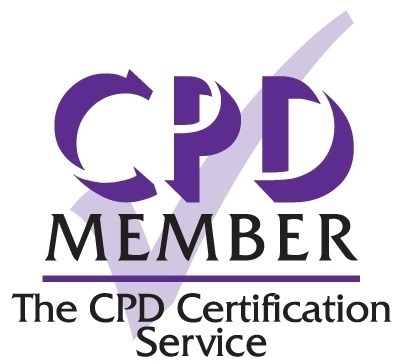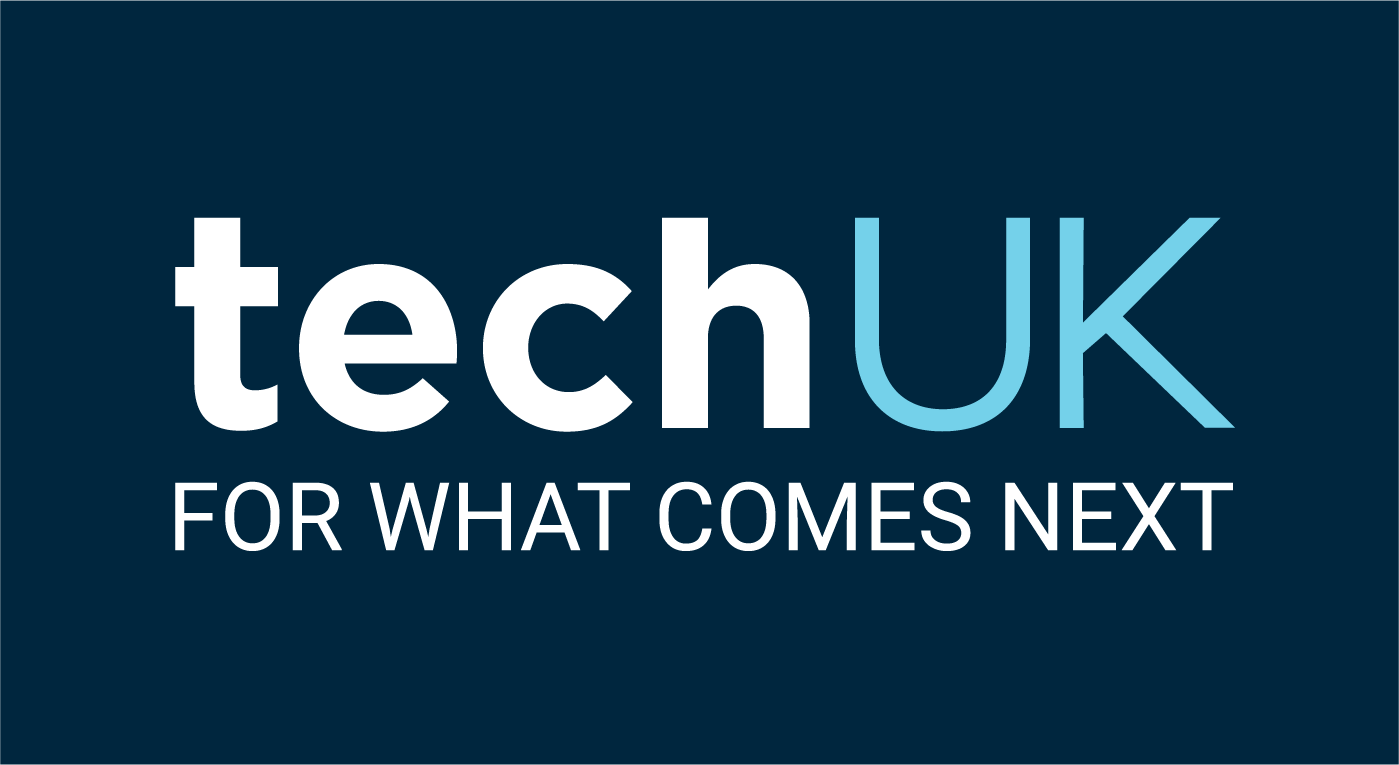
Digital health change & training – the 5 levels of good learning and adoption
These days most digital health programmes, large or small, allow time and resources for training. […]

There are 5 critical paths required for a successful EPR implementation and many potential blockers and barriers to overcome, so it is vitally important to have the right governance in place, plan early and understand and agree the scope.
EPR implementation covers Data Migration, Testing, Technical Readiness, Operational Readiness, and Ownership Readiness, a full dress rehearsal, Cutover and Go-Live. The following provides a brief explanation of these Critical Paths.
In simple terms this is about taking the data out of one box and putting it into another box. However, the box is moving, and the data inside it is changing on a daily basis as patients go through the organisation. At each point of the trial loads, when you copy the data from one to the other, it has to be a mirror image. That means that there must be clinic freezes throughout the implementation within the hospital, to support those.
There are test cycles. System testing is testing the functionality within the system, with individual elements of the system and any third-party system. Integration testing is testing the system from a patient journey perspective. Run those journeys through the system and all integrated systems (including medical devices), during integration testing to learn what doesn’t work, fix it, and repeat it again.
Technical Readiness is infrastructure – hardware, networking, backups – the new structure to support the new system. A big driver is integrated medical devices, and these are moving more to mobile devices. It is important to understand the device infrastructure and support system that is in place ready for the change to any medical device integration.
A key question is whether the organisation is operationally ready. This involves looking at the current clinic, the patient numbers versus clinic slots available, and planning that in advance, so when there are clinic freezes, the organisation is still able to function. Those freezes are absolutely critical, because the mirror image is needed, so that all the data copied from legacy systems into the new system is like-for-like and landing in the same places.
This is crucial as it is about taking ownership of the new EPR system from day one. After the Cutover and Go-Live date the system will be launched to the Trust. All the back-office structure needs to be put in place and there is a lot of learning to be done.
This is about testing the technical infrastructure, the operational readiness elements that have been put in place, the ownership readiness, and tying all five of the Critical Paths together, so that everything is practised. It is comparable to disaster management where all the skills and experience are needed to get through it, but it is planned so it should feel different and controlled.
Cutover is all about planning. People make the mistake of thinking that Cutover is about data migration and testing – the technical Cutover. In reality, Cutover is about bringing all five of the Critical Paths together and working to put the technical solution in place, whilst ensuring that the organisation is still able to continue to run as a hospital.
As is to be expected for any kind of significant change, there are many common challenges, pitfalls, and blockages to the Critical Paths. It is useful to understand these and prepare appropriately to try to minimise disruption.
The biggest issue that causes data migration to fail is the current data quality, so it is advisable to get a clear understanding of the current data quality position. Issues post Go-Live are usually because of the data quality issues from the legacy system.
At the early stage of the implementation, plan high volume clinics for the next year to 18 months in advance, if possible. It is important to remember that changes made during these trials will break the mirror image, so the data migration won’t work.
Data mapping is also important. Understand which current clinical terminology is used and how it will map across in the new EPR. Does the organisation follow a pre-determined terminology usage, or does every clinician use different terminology? If all of this has to be mapped to a single terminology it can become a major piece of work.
The biggest blockers for testing are around legacy system changes that cause any existing testing to become “null and void”. EPR change requests during and late on in implementation, and third-party system interfaces cause complications during integration cycles for Go-Live.
Every organisation usually has many third party systems integrated into their current legacy system. The more of those that are used, the more complications there will be in these integration testing cycles. To make this easier select which are the most critical third party systems that have to interface in for the first Go-Live.
There are a number of potential technical readiness pathway blocks, arising from infrastructure changes, high volume move requests between wards, and departments disrupting elements such as workflows and printing. There can also be resource shortages due to underestimating the amount of support and work required for implementation.
It is useful to see the roadmap of all other projects and programmes across the entire organisation, so they can be mapped out to see where those potential roadblocks are going to be. Department moves and changes in infrastructure half way through the implementation, where the infrastructure is being built and tested, could potentially derail the EPR implementation.
It is also really important to look at the resource structure of the current IMT team and review whether they can deliver the change or whether they need to be built up.
It is important to ensure engagement early in the planning process to understand, what is required operationally, and identify conflicting pressures that could prevent the EPR being successfully delivered.
There is usually a lot of focus on the Go-Live date when it is actually the day after the Go-Live date that is equally important. That is when the organisation takes full ownership of the new EPR system. Getting this set up and being ready takes a lot of preparation and training and is often underestimated.
It is effectively a build of a new team and the release of the resources to do that is critical. The back office and the IT team need to be prepared to support the EPR system once it goes live,
A lot of work is needed at the start to prepare to manage those blockers and challenges. Getting the scope right at the start is crucial.
There are lots of items to consider within the scope and all of these have an effect on the timeline and the resources needed to deliver the EPR system. It is important to review everything and sometimes make hard choices. Look at the functionality and think seriously about what data is required, and what third party interface systems really do need to be integrated at Go-Live.
Every device model requires configuration, testing, interfacing, and plugging in so the more models there are, the more need to be integrated which adds to the work effort required within the scope. Go through the same process for hardware infrastructures.
Ensure the correct governance is put in place to oversee a large change programme.
It is critically important to get the decision-making right and integrate into the existing management structures. Put in a specific EPR programme governance that links into the Trust’s existing governance. There will need to be an established framework of workstreams and project teams which will all ultimately feed into the programme board. There are many best practice examples from other Trusts which have gone through the same experience.
Also as part of this governance there will be a change and engagement team responsible for managing training, stakeholder management, communications, benefits and operational readiness. This team is a critical part of the governance and needs to include people with the right skills and experience to deliver.
Launching an EPR is a major transformation for any Trust. It cannot just be viewed as an IT programme. The whole organisation has to be brought on the journey. There needs to be education and awareness raising so everyone understands what is required to deliver this EPR, the activities that will take place and the role they will need to play.
In the current climate staff will need even more support to deliver a successful implementation. Staff are doing a phenomenal job under a lot of pressure, trying to keep the hospitals running with the additional Covid pressures and all the backlogs that have been created over the last two years.
Understanding the five critical paths, the planning and resources required and the amount of work needed to overcome the challenges and barriers are all critical for success.

These days most digital health programmes, large or small, allow time and resources for training. […]

There are many challenges in data validation in the mental health space, with the need […]

Effective communication and engagement are critical to any change programme. What does that mean in […]
“Ideal's Digital Maturity review has enabled us to refocus our Digital and Data Strategies post-Covid, appreciating which shared and individual activities could support our ambitions for digital healthcare in our area. We are now taking the recommendations forward via a series of workshops across ICS partners to reprioritise and plan our next phase of activities”
“Ideal made a big difference. By using Ideal as the foundation of our floorwalking support, and augmenting this with Trust staff, we were able to ensure a constant, capable presence with our end-users 24/7. This would not have been possible without Ideal and reduced the impact on the wider Trust saving us from having to pause additional activity.”
"Ideal Health contributed towards the success of our Apollo Programme. They provided a team of 100 trainers who collaborated with our programme leaders and trainers to develop training materials aligned to our training strategy. Together, they created 800 engaging e-learning modules and delivered face-to-face training to over 30,000 staff across multiple locations. This comprehensive approach ensured that our workforce was well-prepared for the Epic programme's go live."
“Ideal were a valuable partner as we engaged operational teams to translate our high-level ambitions into a meaningful vision and digital objectives. Their impartiality and customer focus meant they were able to communicate clearly with colleagues, identify common problems, and sensitively move past stress and ‘pet peeves’ to get to the heart of the difficulties our teams were experiencing in accessing the right information day to day”
“The E-Learning Development Manager from Ideal worked closely with my Training team to develop e-learning content for Maternity. The modules delivered were concise, thorough, and easy to absorb. The structure was clear, logical and effective, and included elements of interactivity and video. There has been a lot of praise by the SMEs and staff regarding the high quality of the work produced on a very complex specialty. I found working with Ideal to be a very positive experience. I would highly recommend for any related work”
"A big shout out to the Ideal Health team for being super friendly, flexible, and approachable. The more we work together, the better it gets. Familiar faces become part of the Go-Live team, learning the geography and culture of the organisation. Including the Ideal Health management team behind the scenes, we always feel fully supported with a "can-do" attitude that helps us make improvements every Go-Live. For those returning for the March Go-Lives, I look forward to working with you again!"
“Ideal has an excellent reputation as a top-class training provider working exclusively in the health sector. With their experience and demonstrable track record in delivering IT training solutions to NHS organisations, Ideal was the clear choice for BT and Connecting for Health”
“We were most impressed with the calibre of floor walking staff supplied by Ideal. They were highly professional in their approach and demonstrated a fully comprehensive understanding of the system”
“The trainers Ideal provided have been brilliant. They not only provided the highest quality training and feedback, but were always prepared to go the extra mile when needed. Thanks for helping develop a relationship that we can rely on and when we’re looking for capacity to roll out the rest of eRecord we’ll be on the phone. Look after the trainers we’ve had – they’re a great bunch”
“Ideal demonstrated great agility in supplying experienced support for the Trust’s EPR requirements and mapping exercises. They showed great flexibility in meeting the Trust’s needs, clearly articulating the approach and costs associated. This coupled with advice and experience enabled the ‘As Is’ and ‘To Be’ processes mapping to complete to time and quality”
“Perot Systems has worked with Ideal on provision of floor walking services to support large scale Cerner implementations. The success of the implementations and the smooth execution of the go lives have rested significantly on the success of the services that Ideal Training provide. The staff themselves are extremely knowledgeable in both the product and the NHS operations they support with specialist SME’s provided as demanded”.
“For the implementation of our EPR+ programme, the Trust needed a partner who we were confident could help us successfully deliver the system. Ideal demonstrated an approach which married up to our requirements”
“We recognised the enormous impact a good floorwalking team has on the success of project implementation. With Ideal Training’s previous track record and experience in Cerner implementations, we felt confident in the service offered and would certainly consider working with them in the future”
“The trainers supplied by Ideal did a very thorough job in preparing staff at the Royal Free, including adapting the programme to meet the needs and availability of the consultants. The trainers further enhanced the service by gathering information from the shop floor and feeding back to the training team. We were delighted with the service we received from Ideal”










